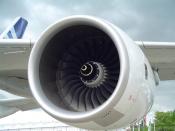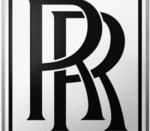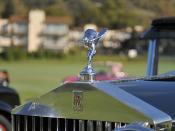Established by Henry Royce in 1884. Royce built his first motor car in 1904 and in May of that year met Charles Rolls, whose company sold quality cars in London. Agreement was reached that Royce Ltd would manufacture a range of quality cars to be exclusively sold by CS Rolls and Co - they were to bear the name Rolls-Royce.
By 1906 following the success of the cars, Rolls-Royce Company was formed and, by 1914 at the start of World War 1, Rolls-Royce designed its first aero-engine "The Eagle" to help the nation in the battle of the skies. The company provided half the total horsepower used in the air war by the allies. It also powered the first transatlantic flight along with the first ever flight from England to Australia.
The late 1920's to early 1930's saw Rolls-Royce develop the 'R' engine to power Britain's entry in the International Schneider Trophy seaplane contest when it subsequently established new world speed records on air, land and water.
These events gave Rolls-Royce the technological base to develop the Merlin, which Royce began working on before his death in 1933.
In 1940 the Merlin powered the Hawker Hurricane and Supermarine Spitfire in the Battle of Britain. It was through the demand for the Merlin during the Second World War that transformed Rolls-Royce from a relatively small company into a major contender in aero propulsion.
At this point, Rolls-Royce began development of the aero gas turbine, The Welland engine entered service in the Gloster Meteor fighter in 1944. This gave Rolls-Royce the confidence following the war to commit itself to the gas turbine, in which it had a technological lead.
Rolls-Royce then entered the civil aviation market, where it would go onto become the cornerstone of the universal acceptance of the gas turbine...



A great car.
I have always been amused by the rolls-royce. I had no idea of all the background and how far back the original car was first built.
0 out of 0 people found this comment useful.